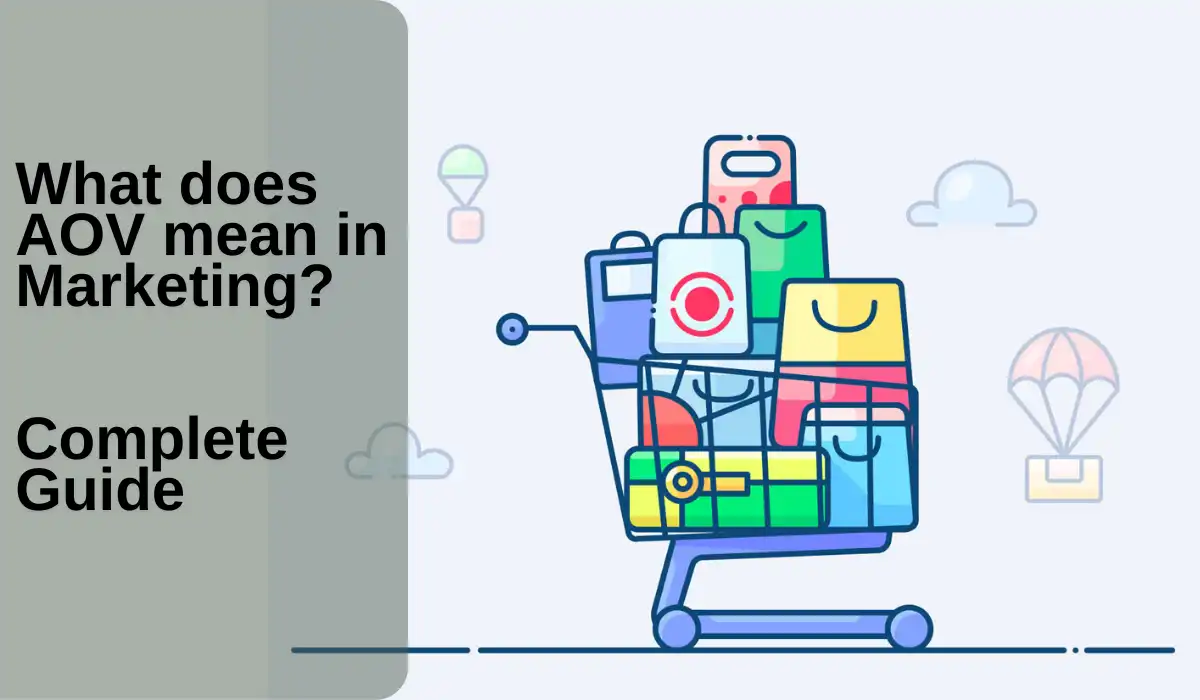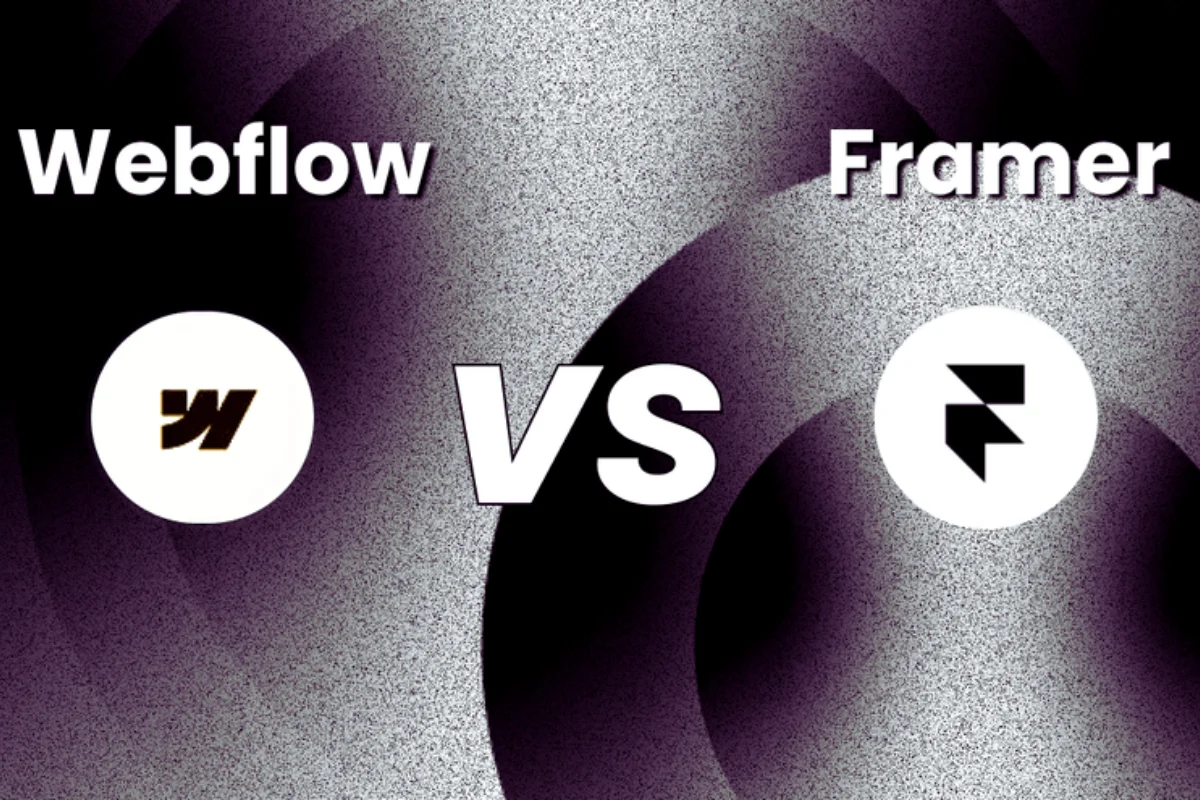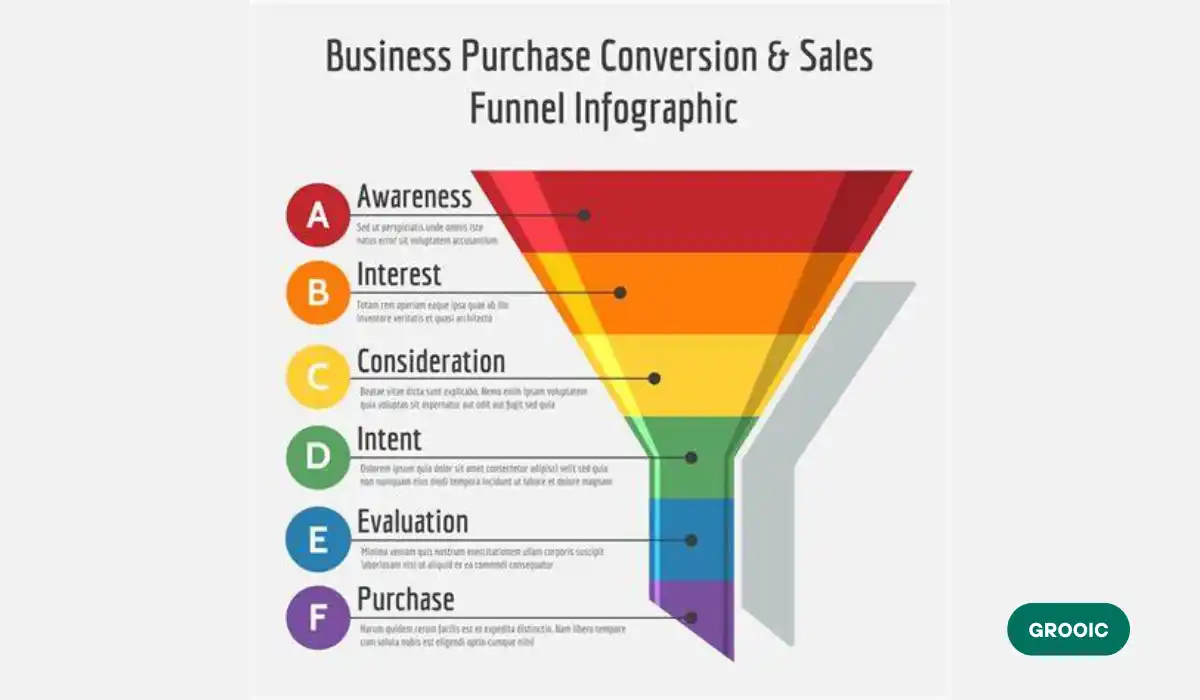Have you ever thought about what AOV meaning marketing?
AOV means “Average Order Value.” This is a key measure that shows how much each customer spends on average. Companies make better choices that focus on customers and bring in more money. AOV also helps you connect with your regular customers.
Table of Contents
What is AOV?
The average amount spent by a customer is found by “AOV,” which stands for “Average Order Value.” This is a key measure in e-commerce and marketing. Businesses split their total income by the number of orders they received during a certain time period to get their AOV.
It helps you figure out how to best set prices, understand buying habits, and find ways to increase sales by getting people to buy more expensive items.
Using Average Order Value (AOV) to Organise a Sales Funnel
By using Average Order Value (AOV) in your sales process, you can carefully lead customers to make higher-value purchases, satisfying both customers who are excited to buy (fond) and those who are ready to buy right away (desperate). At each stage, here’s how to use AOV well:
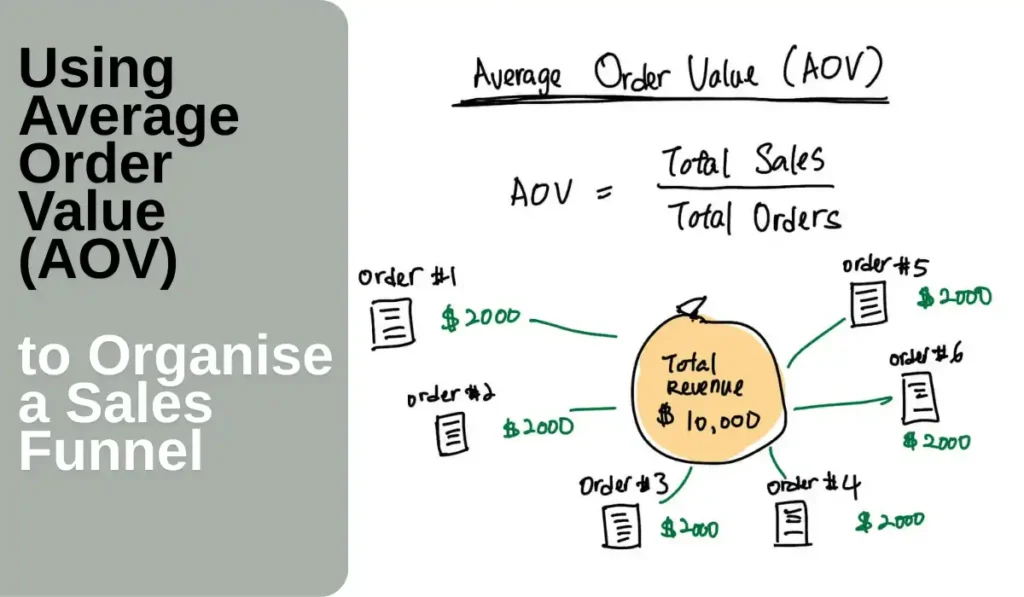
Awareness Stage
Fond Customers: To get people more interested, give them tempting entry offers like free trials or samples. Share material that shows how valuable and useful the product is.
Desperate Customers: Use ads that target terms with a lot of purpose. For high-value deals or packages, send them to particular landing pages.
Scarcity Marketing: Scarcity marketing increases AOV by building urgency around limited-time offers, driving people to buy more quickly.
Interest Stage
Fond Customers: Show off the product’s features through demos, case studies, or reviews. Focus on mid-range goods to boost AOV by getting people interested in quality.
Desperate Customers: Feature popular product packages or deals that are only available for a short time. A quick way to make a big buy helps get people interested right away.
Decision Stage
Fond Customers: Offer and cross-sell options, such as extras or goods that go well with what they already bought, to customers who are almost ready to buy. This will increase the value of their order.
Desperate Customers: Make it easier for them to spend more by giving them deals that end soon or savings for buying in bulk. Giving free shipping to people who spend more can also work.
Action Stage
Fond Customers: For existing customers, add prizes or loyalty programmes that make them want to spend more. With these programmes, you can get return customers to try to get a better AOV.
Desperate Customers: Use exit-intent pop-ups with special deals or discounts to keep them from leaving without making a big purchase.
Mobile Optimization and CRO: Making it easier for people to make higher-value purchases on their phones through mobile optimisation and a smooth CRO process increase AOV.
Pros and Cons of Using AOV in Sales Funnels
| Pros | Cons |
| Increases revenue per transaction | May deter customers with lower budgets |
| Encourages upselling and cross-selling | Requires careful targeting to avoid over-selling |
| Improves ROI on ad spend | Might feel too sales-focused for fond customers |
| Promotes customer loyalty through rewards | Can be resource-intensive to optimise |
Businesses can improve their sales paths to meet customer needs at every stage of the buying process and increase transaction values by using AOV-focused strategies.
AOV Means for Facebook Marketing
You can use Average Order Value (AOV) as a useful business measure on Facebook. AOV tells businesses how well their Facebook marketing is working at getting high-value customers by showing them the average amount of money each customer spends on each sale.
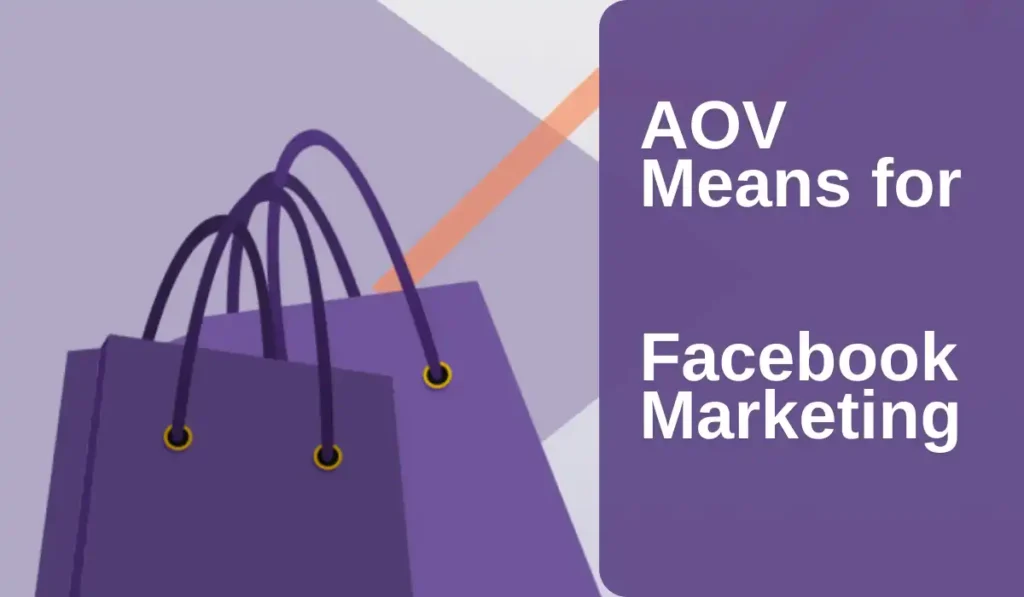
When it comes to Facebook marketing, increasing AOV usually means:
- Dynamic Product Ads: These ads show relevant goods based on what the customer has looked at before. This helps improve AOV by focusing on things that are more likely to lead to bigger sales.
- Upselling and cross-selling: Using ads in product catalogues to show related or more expensive items makes customers more likely to add more items to their cart, which raises AOV.
- Improve Customer Satisfaction: Customer satisfaction is key to maximising AOV since pleased customers return and spend more each purchase.
Case Study: Sephora
Sephora advertises beauty kits and bundles on Facebook, which increases the average order value (AOV) by getting people to buy more than one thing at a time. They use tracking ads with personalised suggestions to get people more interested in more expensive items.
Does AOV Mean Marketing as Like Digital Marketing?
Like other success measures like Customer Lifetime Value (CLV) and conversion rates, AOV is an important number in digital marketing. We can see how AOV fits into internet marketing like this:
- Targeting ads and dividing them up: When marketers know the AOV for each group of customers, they can target high-value groups with specific ads, which increases the return on investment.
- Build Trust in eCommerce: Building trust in eCommerce has a direct effect on AOV because customers are more likely to buy big things online when they feel safe and sure of their shopping experience.
- Sales Funnel Optimisation: AOV gives marketers information about how customers buy things, which helps them improve each stage of the sales funnel to get bigger orders.
Case Study: Amazon
Amazon increases AOV by suggesting related goods that go well with the things in a user’s shopping cart through its “Frequently Bought Together” feature. This strategy raises AOV by making the customer experience better and giving them value through useful product pairs.
Pros and Cons of AOV in Digital Marketing
| Pros | Cons |
| Improves overall revenue without additional acquisition costs | May require investment in inventory or technology |
| Provides insight into customer purchasing patterns | Over-focus on AOV might deter low-budget customers |
| Helps optimise ad spend and segmentation | Can be resource-intensive to track and adjust |
| Increases value-driven engagement | Balancing with customer experience may be challenging |
How to Use Average Order Value in Google Ads?
AOV can be raised with Google Ads by showing ads that are relevant to search terms and are likely to convert well. Here’s an organised way to use AOV in Google Ads:
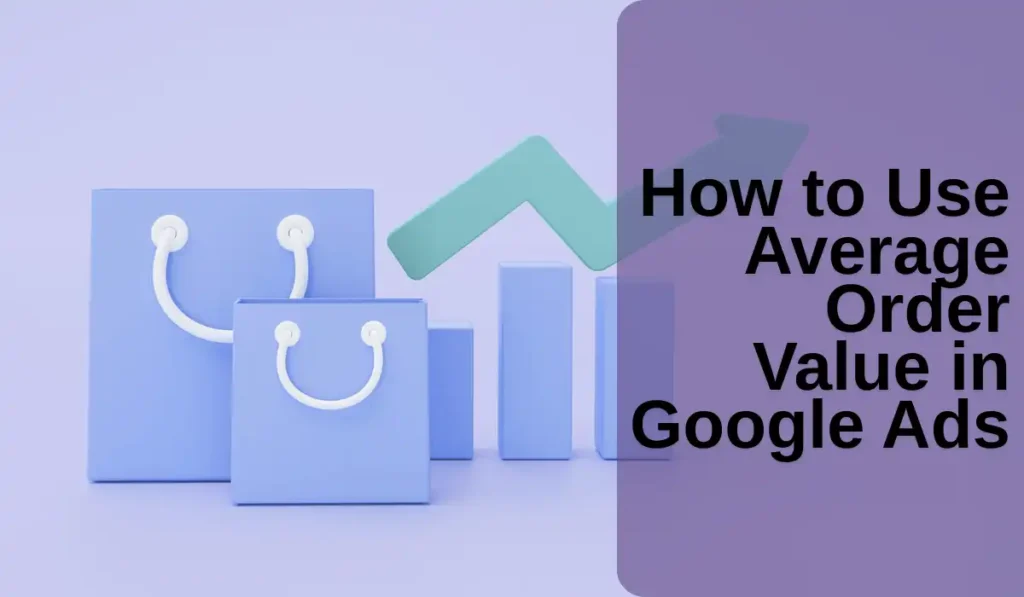
Using keywords to find high-value products
Pay attention to terms that have a high AOV and are related to high-end goods or services. For instance, if you advertise “luxury watches” instead of just “watches,” you’re more likely to get people who are willing to spend more.
How to Use Ad Extensions to Sell More
Sitelink extensions let ads have more product links, which encourages people to buy more. For instance, a smartphone ad might have sitelinks for items like phone cases or headphones that raise the AOV.
Use dynamic ads for products
Dynamic ads show users goods based on what they’ve looked at in the past. Brands can improve AOV by showing users more high-value things they’ve already looked at.
Customer Engagement Ideas: AOV goes up when creative ways to connect customers, like reward programmes and personalised upsells, are used to get them to buy more and build a long-term relationship with the brand.
Case Study: Wayfair
Wayfair uses Google Ads to market furniture sets that come with other items. This increases AOV by getting customers to buy more than one item at the same time. This method works especially well with Google Shopping ads because they show linked items in a way that makes sense, which encourages people to buy more.
AOV Comparison Across Major Platforms
| Platform | Average AOV Increase (%) | Notable Features to Increase AOV |
| 15-20% | Dynamic Product Ads, Retargeting Campaigns | |
| Google Ads | 10-15% | Sitelinks, Retargeting, High-Value Keywords |
| Amazon | 20-30% | Bundling, “Frequently Bought Together” |
| Shopify | 18-25% | Upsell Apps, Discount Codes |
| Etsy | 10-15% | Product Recommendations, Custom Bundles |
What Does AOV Stand for in the Case of CRM?
Average Order Value (AOV) is crucial to analysing consumer purchase behaviour in CRM. Companies collect client data, preferences, and spending patterns using CRM systems, which AOV shows by providing average order spend.
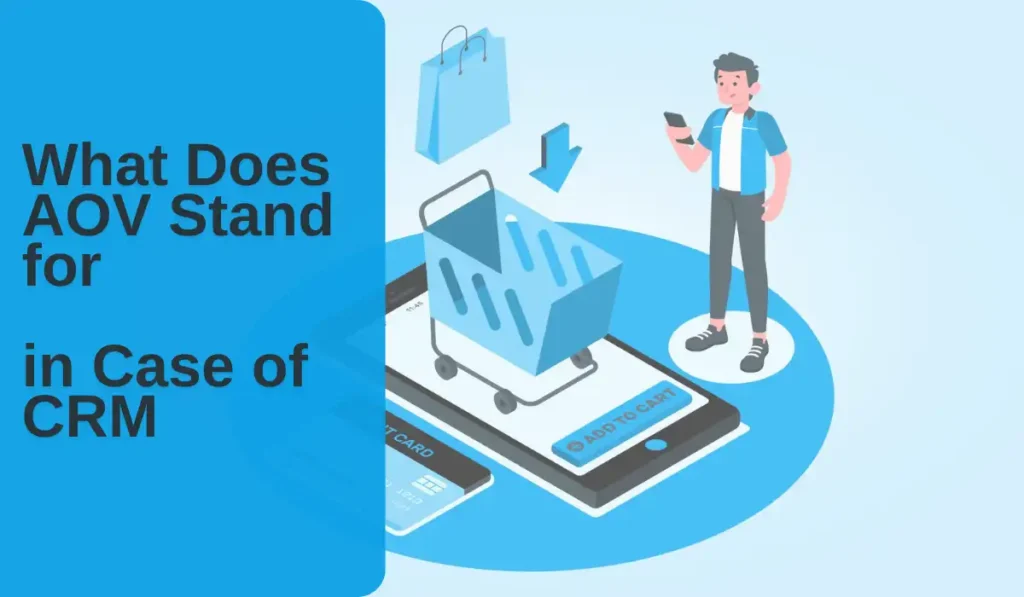
AOV in CRM helps firms target high-value consumers, drive repeat transactions, and improve lifetime value.
Targeted Campaign Segmentation
By analysing AOV, firms may classify clients by expenditure. Premium offers are available to high-AOV consumers, while discount or bundle ideas might enhance purchase value for low-AOV customers.
CRM data and AOV provide personalised upselling and cross-selling suggestions. If a consumer spends $75 (apx.) on average, CRM may propose complementary goods to boost purchases to $100 (apx.), increasing sales.
Customer Retention
CRM needs AOV to keep high spenders. CRM analytics may help brands provide unique discounts or advantages to these consumers to keep them loyal and deter competition.
Case Study: Amazon’s Prime Membership
Amazon tracks Prime members’ spending and offers unique discounts and rewards using AOV in CRM. Prime members spend far more than non-members, increasing AOV. Amazon’s CRM system analyses Prime members’ preferences to propose upsells and cross-sells.
Pros and Cons of Using AOV in CRM
| Pros | Cons |
| Helps personalise customer experience | Might exclude lower-AOV customers from premium offers |
| Drives loyalty through targeted perks | Could lead to overemphasis on high spenders, ignoring others |
| Provides insights for strategic upselling | May reduce focus on overall customer volume |
| Enables segmentation for precise campaign targeting | Requires a robust CRM system to track and analyse effectively |
How to Make Sure AOV Meaning in Marketing for SMM?
In Social Media Marketing (SMM), AOV helps firms optimise campaigns, target advertisements, and maximise ad spend. How businesses may maximise AOV in social media marketing:
Targeted Ads
AOV guides ad spending. If the AOV is $50, businesses may promote bundles or high-end goods to increase order values. Brands may target comparable clients on Facebook and Instagram using spending behaviour targeting.
Influencer Partnerships and Teams
Influencers boost AOV and perceived value for brands. Influencer partnerships that promote bundled offers or high-end items entice followers to spend more.
Increase Repeat Purchases with Remarketing
Remarketing advertising may target prior customers with AOV discounts. A cosmetics firm may retarget $50-spending clients with a $70 bundled product offer to increase spending.
Case Study: Glossier’s Social Media Marketing
Glossier uses AOV strategically by working with influencers to market product bundles. Glossier increases AOV and connects consumers on social media with personalised, aspirational content by tailoring social media advertising to those inclined to buy higher-value packages.
Pros and Cons of Using AOV in SMM
| Pros | Cons |
| Maximises return on ad spend | Requires accurate targeting to ensure ROI |
| Supports profitable collaborations with influencers | May lead to higher ad costs for specific customer sets |
| Drives upsell through promoted bundles | Risk of ads feeling too sales-oriented |
| Enhances customer segmentation | Success is contingent on audience engagement levels |
How to Calculate Average Revenue?
Calculating AOV is straightforward and essential for determining customer spending trends. Here’s the formula and a guide for interpreting the results:
Formula for Calculating AOV
Average Order Value (AOV) = Total Revenue / Number of Orders
Example
If an online bookstore earned $20,000 in total revenue from 1,000 orders in a month, the AOV would be:
AOV = $20,000 / 1,000 = $20
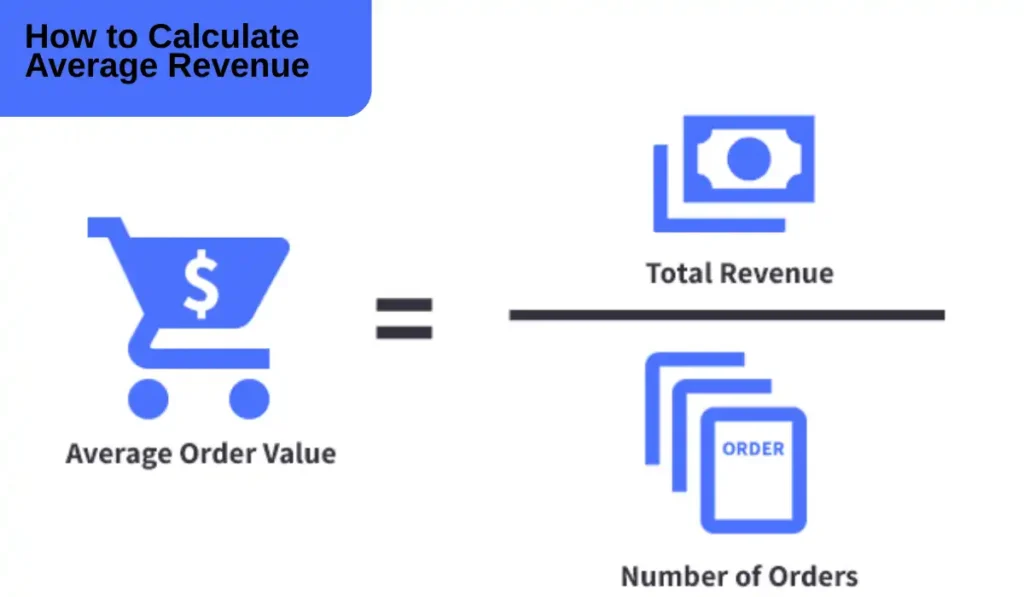
At The End
In marketing, knowing what AOV stands for can make all the difference. Brands can improve the customer experience and increase sales by looking at the Average Order Value.
Increasing AOV is good for both customers and companies. Customers get more value from their purchases, and businesses grow in a way that lasts. To make the most of your AOV, start today and see your sales soar as your customers are happy and loyal.
FAQs
What is an example of AOV?
When a clothing store figures out its Average Order Value (AOV), it does so by dividing its total sales by the number of orders. The AOV is $50 if the store makes $10,000 from 200 orders. This measure helps companies figure out how much each order usually costs.
What does high AOV mean?
When AOV is high, customers are spending more on each purchase. This can happen by upselling, bundling goods, or focusing on more expensive items, which can lead to more money coming in without actually getting more customers.
What does AOV stand for in advertising?
“AOV” stands for “Average Order Value” in writing. It is a key number used to figure out how much money a business makes from each order, which helps them figure out how well their marketing campaigns are working at getting people to spend money.
How to raise AOV?
Increase AOV, upsell, and cross-sell by suggesting goods that go well together.
1. Product Bundles: Give savings for buying several of the same items.
2. Limits on free shipping: Get people to buy more so that they can get free shipping.
3. Loyalty Rewards: Give people reasons to spend more each time they buy something.

